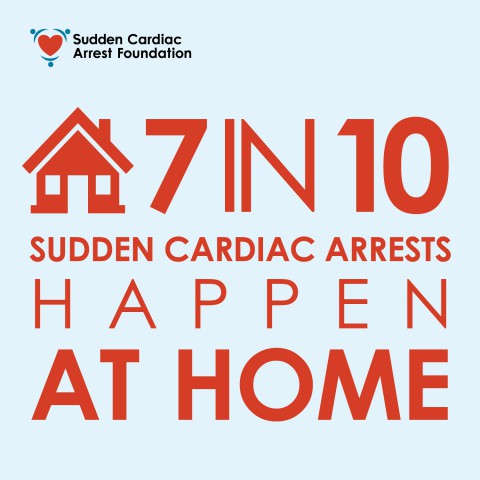What is an AED?
Automated External Defibrillators (AEDs) are devices that are used to treat Sudden Cardiac Arrest (SCA). AEDs work by delivering a shock through pads placed on a victim's chest in an attempt to restart their heart. All AEDs on the market are FDA Approved and have been proven to be safe and effective. An AED will only deliver a shock if it will benefit the patient.
What is Sudden Cardiac Arrest?
Sudden Cardiac Arrest (SCA) is the abrupt loss of heart function. The heart usually develops an arrhythmia, such as ventricle fibrillation, causing blood flow to cease. While experiencing SCA, the victim will collapse, stop breathing, and will have no pulse.
Do I need an AED in my home?
As long as you live with someone who is able to follow verbal instructions and get up and down from the floor, yes. Those are all the requirements needed to operate an AED. AEDs are crucial to have in the home for a number of reasons. For starters, the vast majority (73.9%) of sudden cardiac arrests occur in the home. During such an event, when an AED is deployed, a victim's chance of survival over doubles (2.62 times higher survival rate). These devices literally save lives. So, in the place where most SCAs occur, where you and your loved ones live, having a defibrillator is crucial.
are all the requirements needed to operate an AED. AEDs are crucial to have in the home for a number of reasons. For starters, the vast majority (73.9%) of sudden cardiac arrests occur in the home. During such an event, when an AED is deployed, a victim's chance of survival over doubles (2.62 times higher survival rate). These devices literally save lives. So, in the place where most SCAs occur, where you and your loved ones live, having a defibrillator is crucial.
Which AED is the best for the home?
One of the most popular home AEDs is the Philips Heartstart Home Defibrillator, or OnSite. The OnSite is incredibly easy to use, cost effective, and is the only AED that does not require a prescription. However, all AEDs are suitable to be used in the home and each one has a set of unique features. For a free consultation with one of our experts, contact us at info@enerspect.com or 888.522.5574

